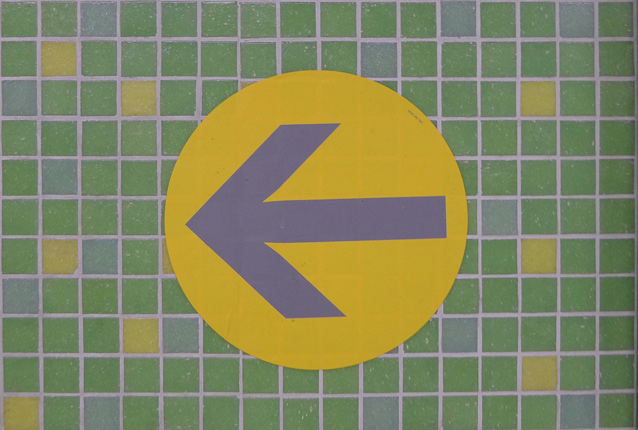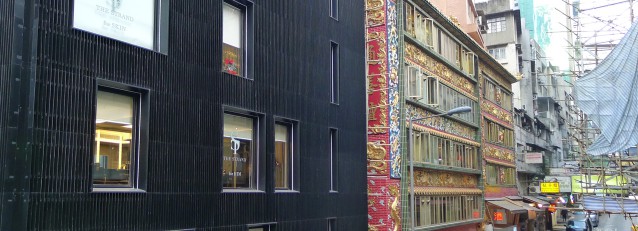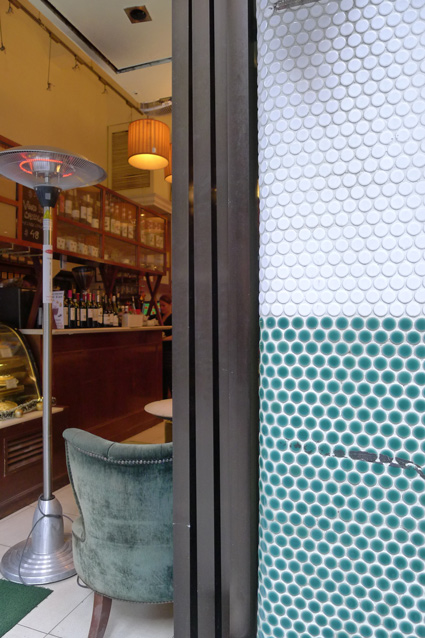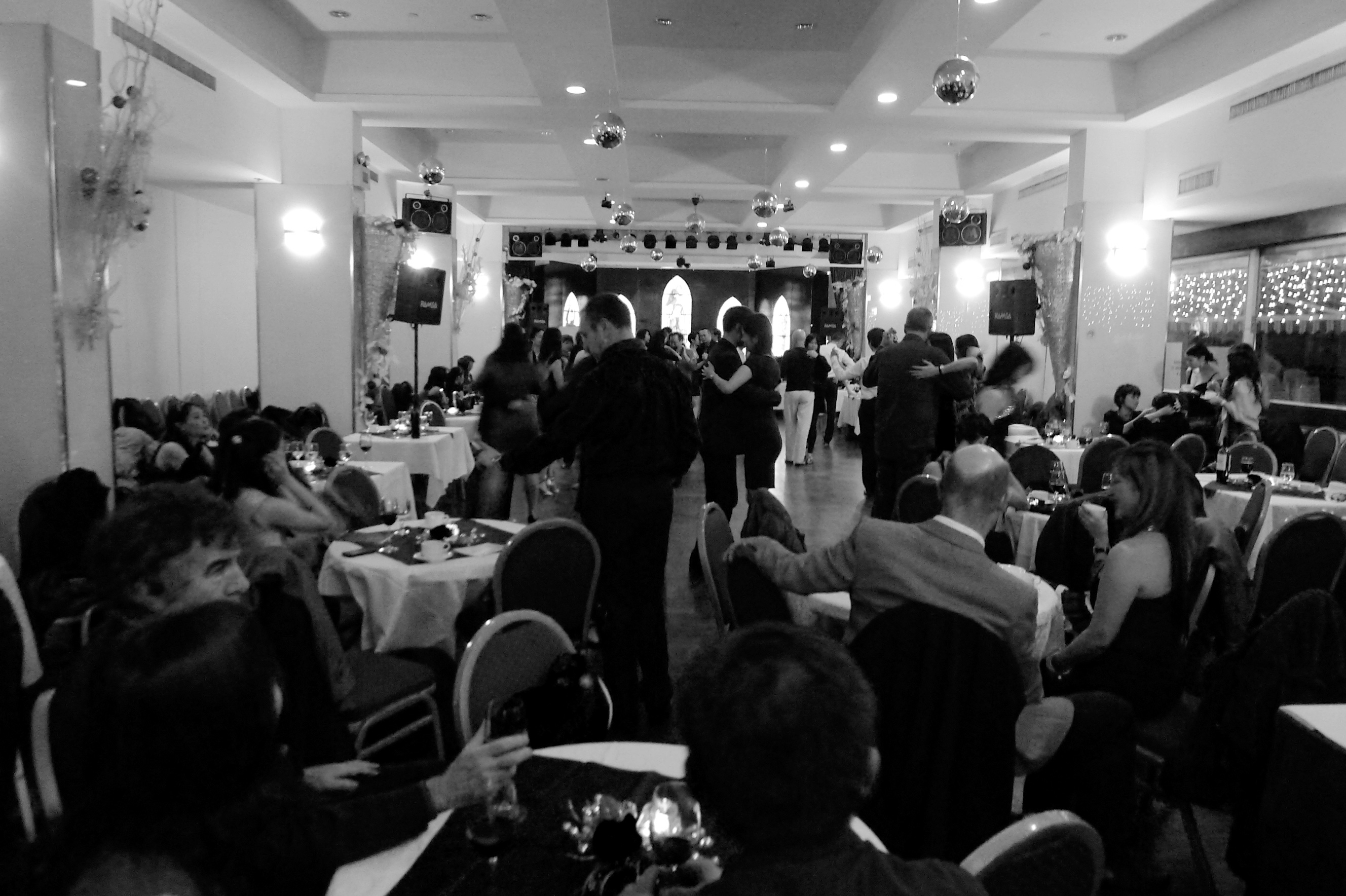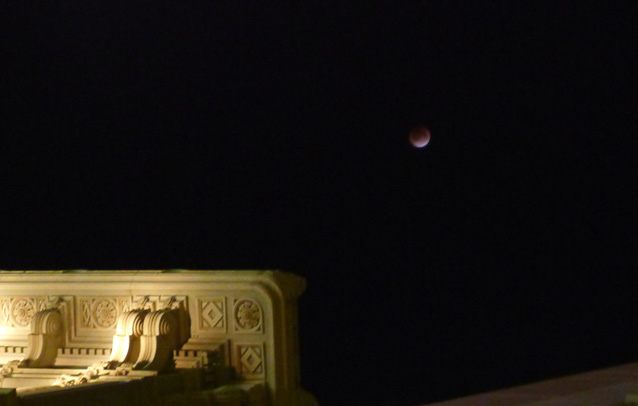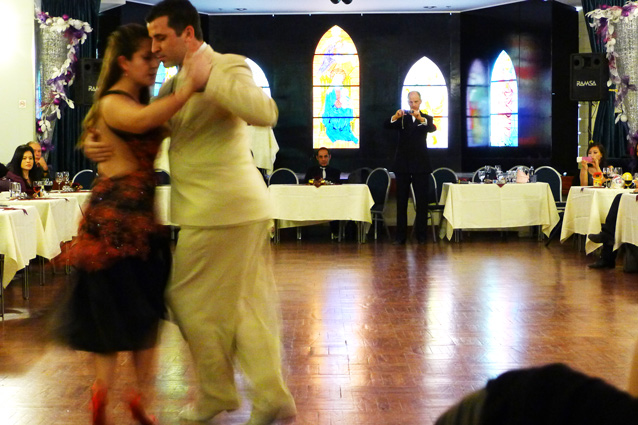The streets of Hong Kong and Kowloon make an interesting study of the use of tiles on the outside of buildings. It is a study of public spaces and how people interact with that space.
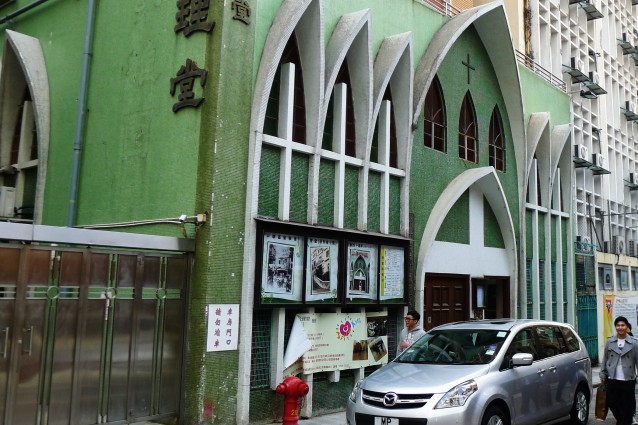
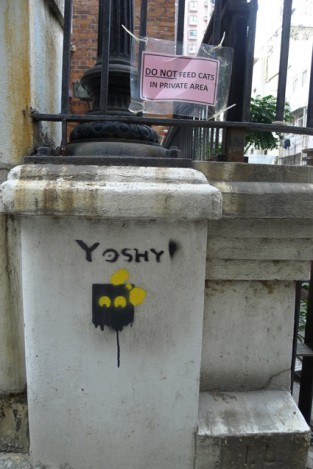 I think this is something special about the buildings of last generation’s HK. Tiles preserve the integrity of the brick and concrete from the rain and humidity, lending lustre and gloss to materials that would otherwise blacken with soot and mould and stain with the grease of close urban spaces, say nothing of the dire, unimaginable! consequences of feeding animals in private areas.
I think this is something special about the buildings of last generation’s HK. Tiles preserve the integrity of the brick and concrete from the rain and humidity, lending lustre and gloss to materials that would otherwise blacken with soot and mould and stain with the grease of close urban spaces, say nothing of the dire, unimaginable! consequences of feeding animals in private areas.
It seems the presence of tiles are everywhere. Uniform square mat tiles, combinations of colour that echo the tastes of times past or the historical traits of luck and prosperity. Some time in the past, this green pictured above held some meaning, just as the colour of the red and ornate building below and the newer, black and severe building juxtaposed.
It seems like a sensible idea, but one that I hadn’t thought about much whilst living in Bangkok. The wet and humid conditions in this part of the world are a safe harbour for mould and scum to accumulate in the corners and crevices. The people accept the appearance and condition of the public space, at least here in HK, there has been a notion of defiance against decay. Check out the ruined plaster mouldings on the colonial buildings in Yangon to compare.
And there is evidence that the designers of these spaces were interested the possibilities of this medium. Imagine, this simple design below that has a modest resonance with the work of Piet Mondrian. There is a restraint of artistic endeavour (or of limited imagination, who can say), that says that the humble tile is a vulgar thing, so common and useful and everywhere.
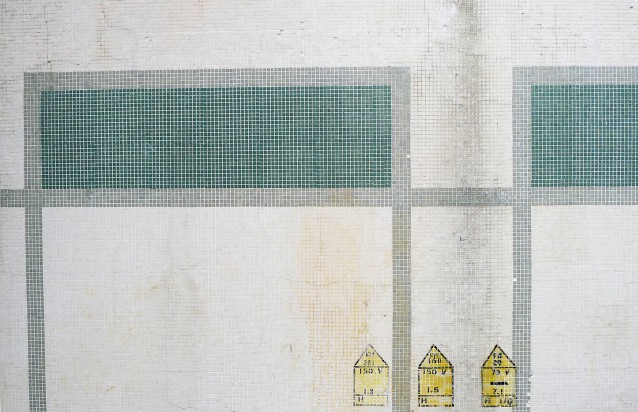
Here’s a shopfront with a 2 tone circular tile pattern. Most tiles you see are the small square profile.
